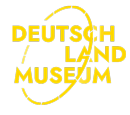The best places to experience history in Berlin
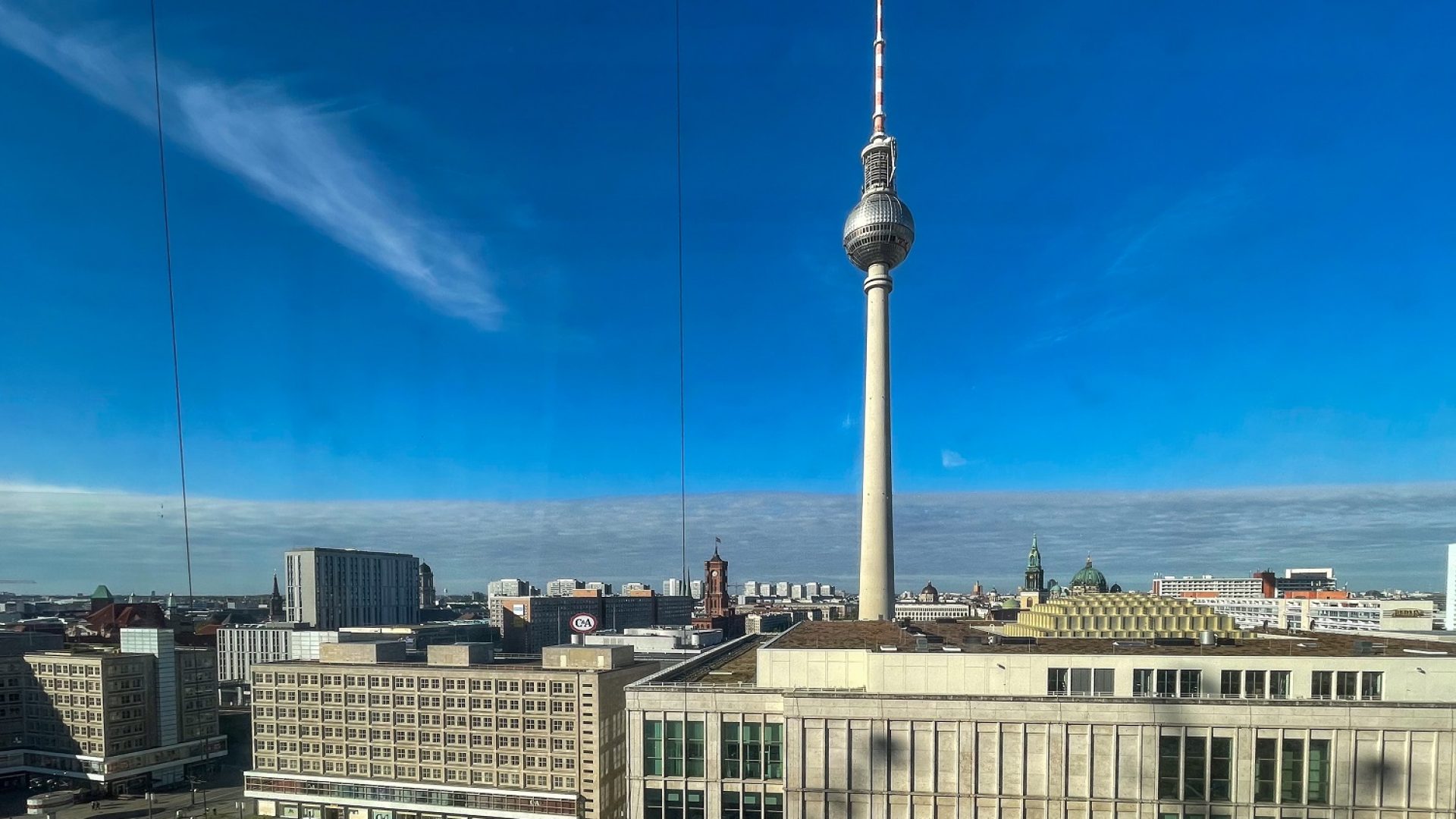
The past is best encountered through experiencing it, whether in an interactive exhibition, by completing physical challenges or through visits to places where history unfolded. Berlin boasts a vast number of historical sights and locations to visit. Here is just a selection:
Immersive experience exhibition on German history
The Deutschlandmuseum provides visitors with an extraordinary introduction to German and Berlin history. Combining faithful re-creations of original historical contexts – medieval battlements, a First World War trench or a flat from the 1950s – with original exhibits and interactive installations makes for a unique and entertaining experience of 2,000 years of German history.
The Deutschlandmuseum is located in the centre of Berlin, right next to one of the city’s most important historical sites, Potsdamer Platz.
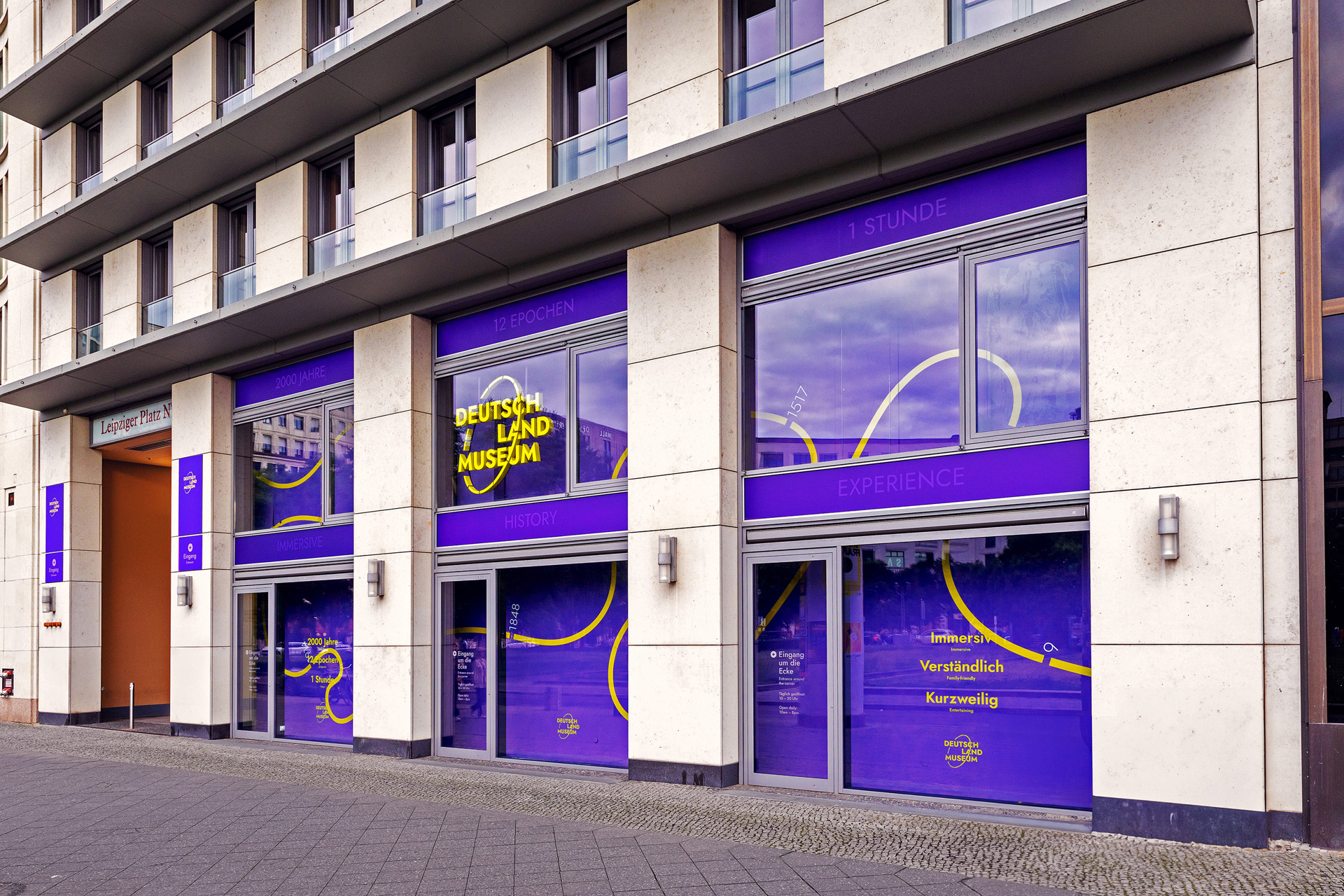
Visitors to the Deutschlandmuseum experience history with all their senses (Deutschlandmuseum Berlin, photo David Weyand CC BY-ND 4.0)
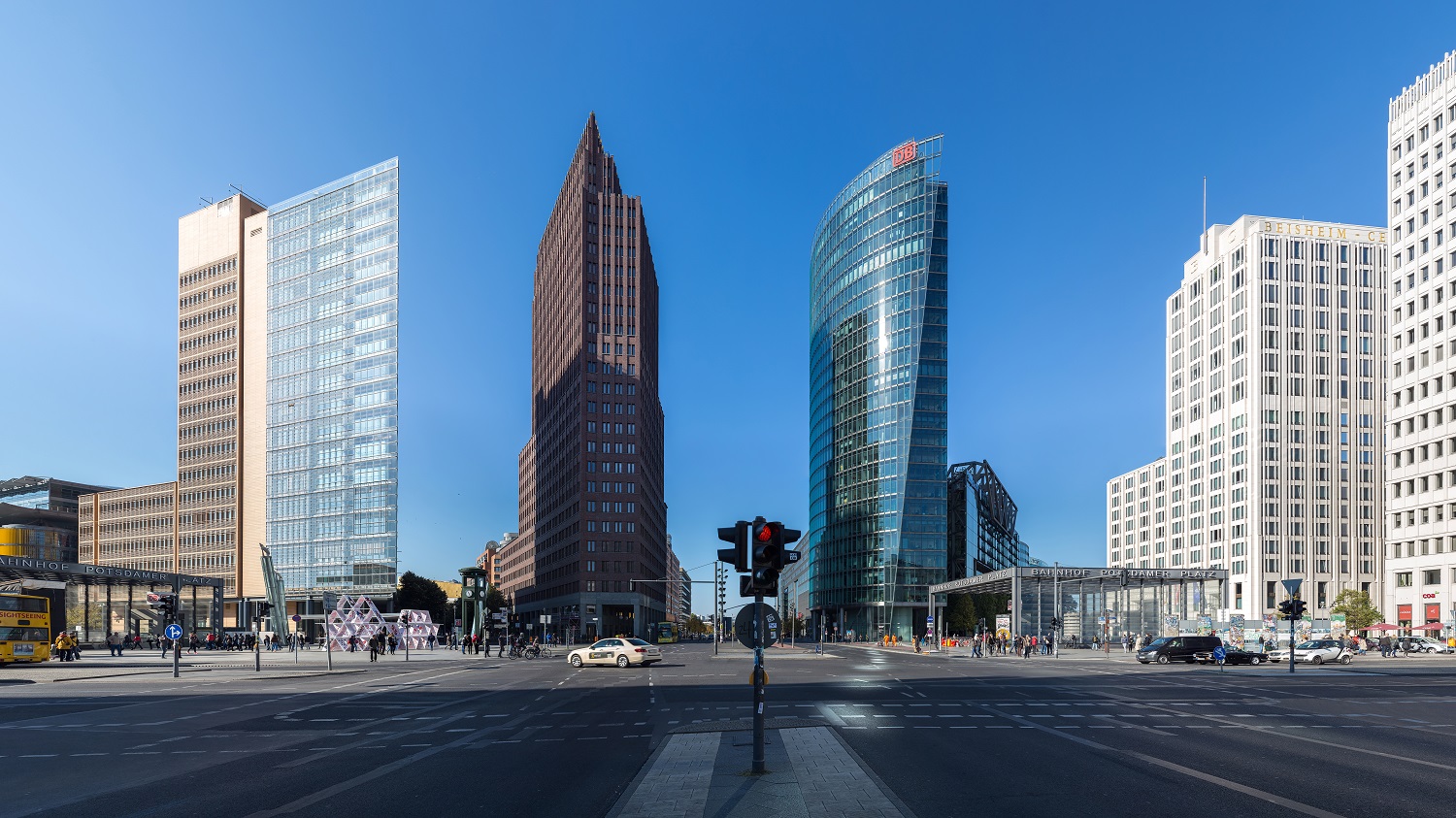
Modern buildings define the skyline of Potsdamer Platz (Ansgar Koreng, CC BY-SA 3.0 (DE), via Wikimedia Commons)
A foray into the Middle Ages
The history of Berlin begins in the 13th century with the foundation of the towns of Cölln and Berlin, which later merged to form the twin city of Cölln-Berlin. Traces of Berlin’s medieval roots can still be found in Berlin-Mitte.

St Nicholas’ Church is the oldest surviving church in the centre of Berlin (Böhm (Stadtmuseum Berlin), CC BY-SA 3.0, via Wikimedia Commons)

Formerly situated in a dense pattern of buildings, today standing alone next to the TV tower: St Mary’s Church (Jörg Zägel, CC BY-SA 3.0, via Wikimedia Commons)
Rebuilt following the medieval layout, the Nikolai quarter and its environs sport some of the city’s oldest buildings: St Nicholas’ Church, St Mary’s Church and the ruins of the Franciscan monastery church.
Stroll along the boulevard of the Prussian kings
Many of Berlin’s historic buildings and roads were built when the city was home to the Prussian kings. One such development was the boulevard Unter den Linden, which connects the Brandenburg Gate with the royal palace.

The Brandenburg Gate is one of Berlin’s key landmarks (ger1axg, CC BY-SA 3, via Wikimedia Commons)

The magnificent Staatsoper Unter den Linden has been staging operas for 275 years (Marek Śliwecki, CC BY-SA 4.0, via Wikimedia Commons)
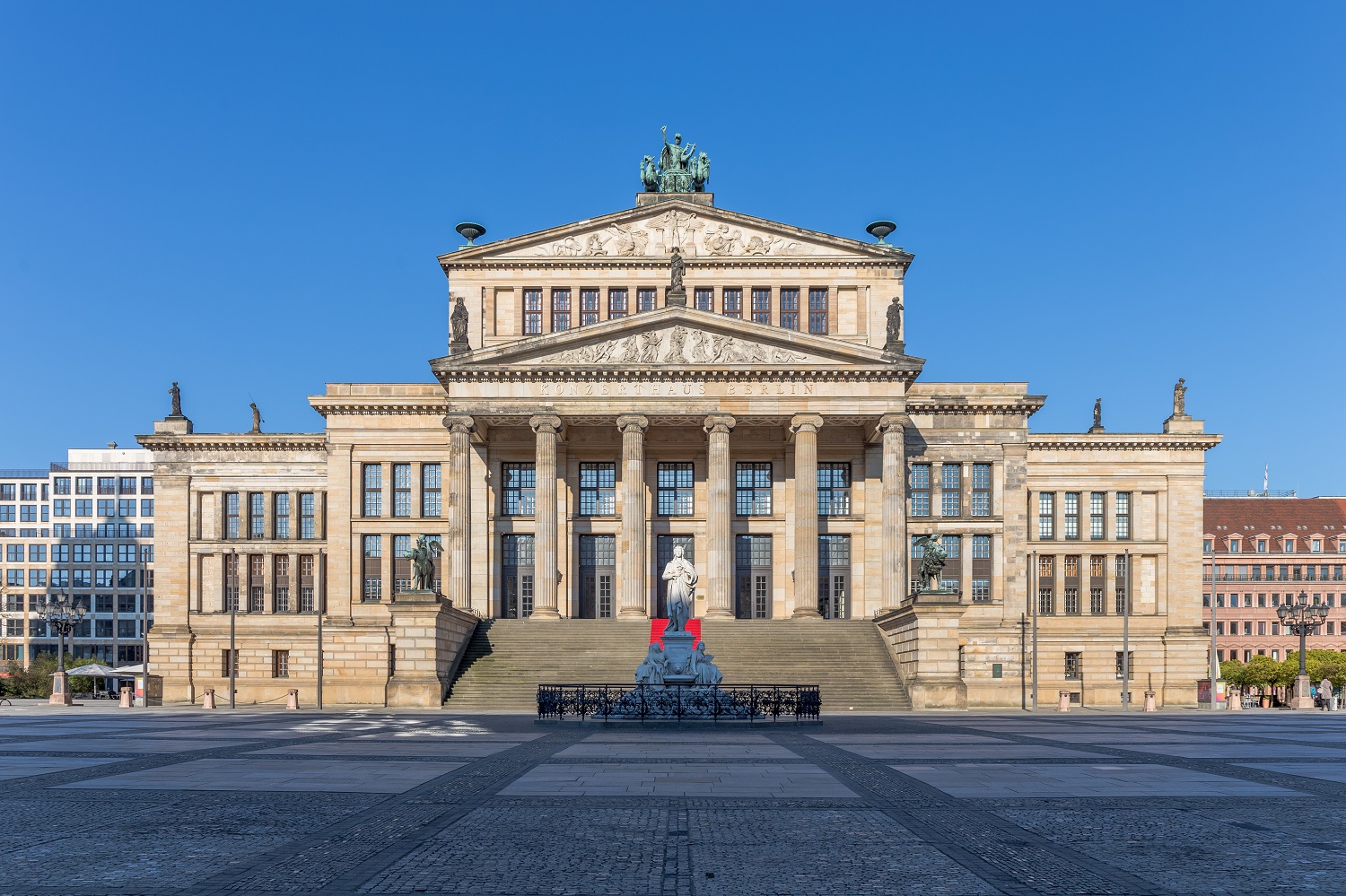
A masterpiece of neoclassical architecture: the Konzerthaus on Gendarmenmarkt (Ansgar Koreng / CC BY-SA 3.0 (DE)
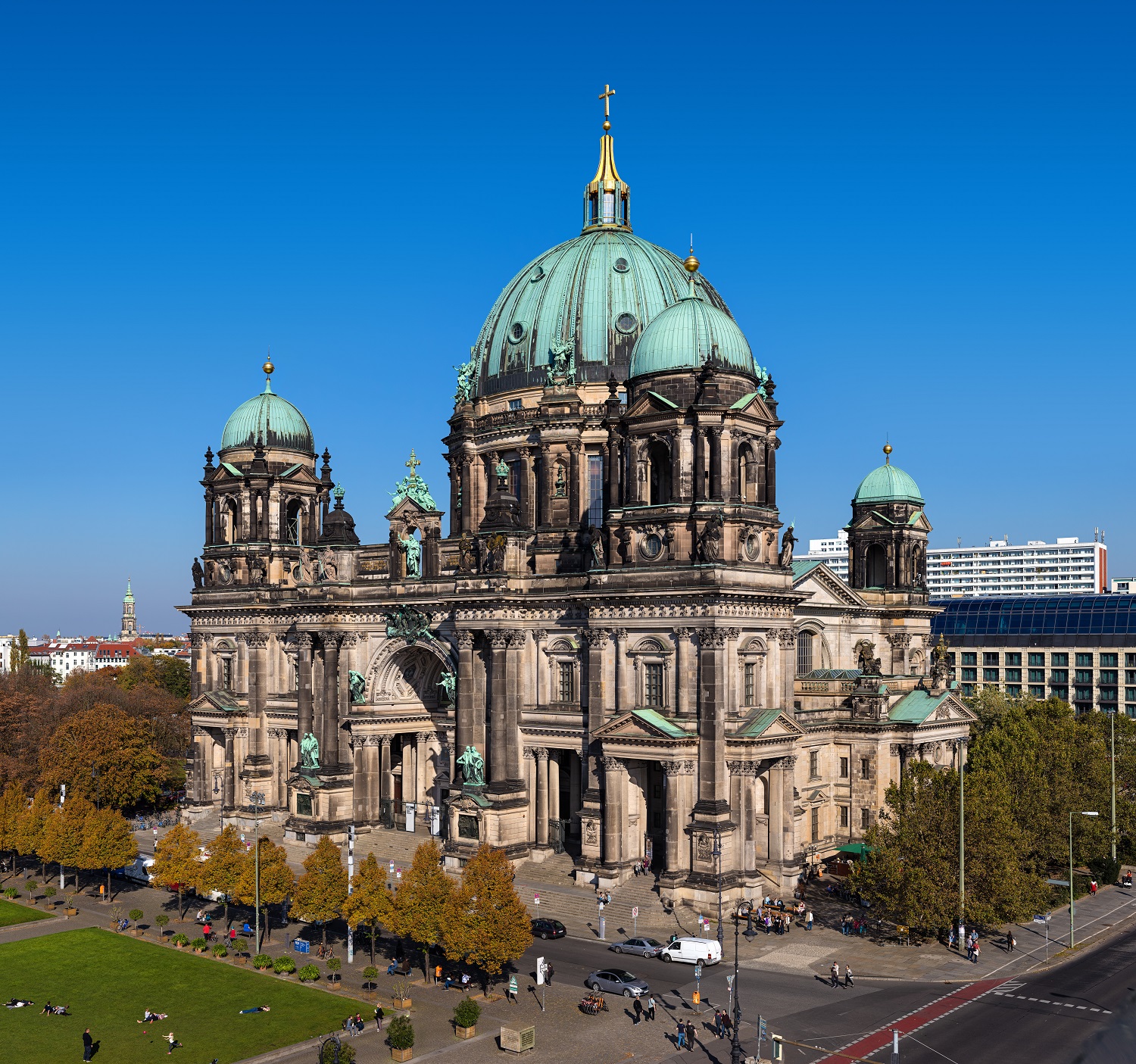
Berlin Cathedral: an impressive domed building in Berlin-Mitte (Thomas Wolf, www.foto-tw.de, CC BY-SA 3.0 DE)
Travelling along what has now developed into a modern thoroughfare will take you past a number of historical landmarks such as the State Opera House, the Prussian armoury – today home to the German Historical Museum – and Berlin Cathedral. The most beautiful square in Berlin is also very close by: the Gendarmenmarkt with its world-famous Konzerthaus.
Over the rooftops of Berlin
Some of Berlin’s historical sights provide a completely new perspective on the German capital. Erected in the 19th century to commemorate the German Wars of Unification, the 67-metre-high Victory Column in the Großer Tiergarten can be climbed by a spiral staircase. The platform at the top of the tower is worth the climb, offering a breathtaking view of the capital.

Berliners affectionately call the golden statue of Victoria on the Victory Column “Golden Lizzy” (CC BY-SA 3.0, via Wikimedia Commons)
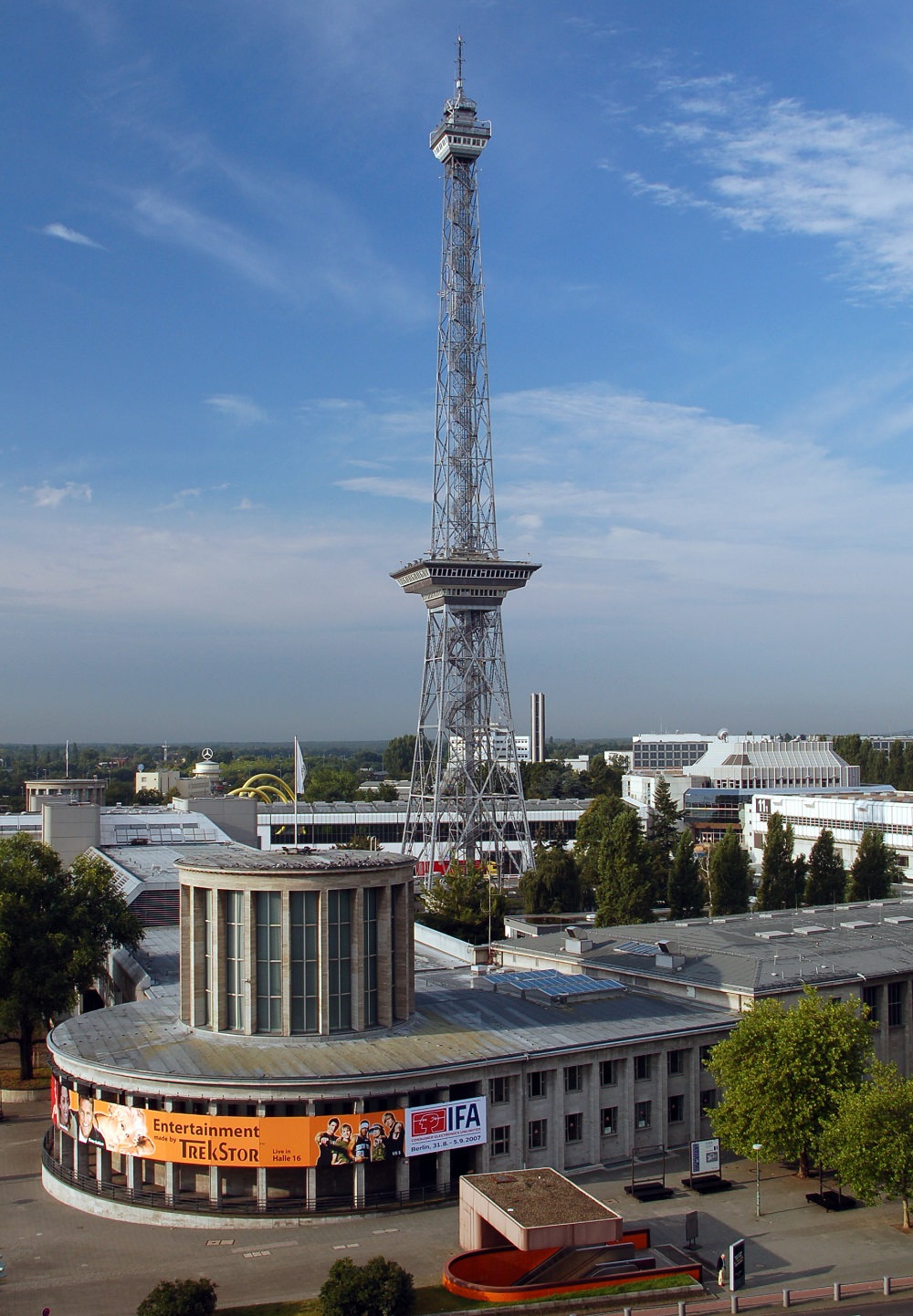
The 147-metre-high radio tower is also known colloquially as “lanky” (Eva K. / Eva K., CC BY-SA 2.5, via Wikimedia Commons)
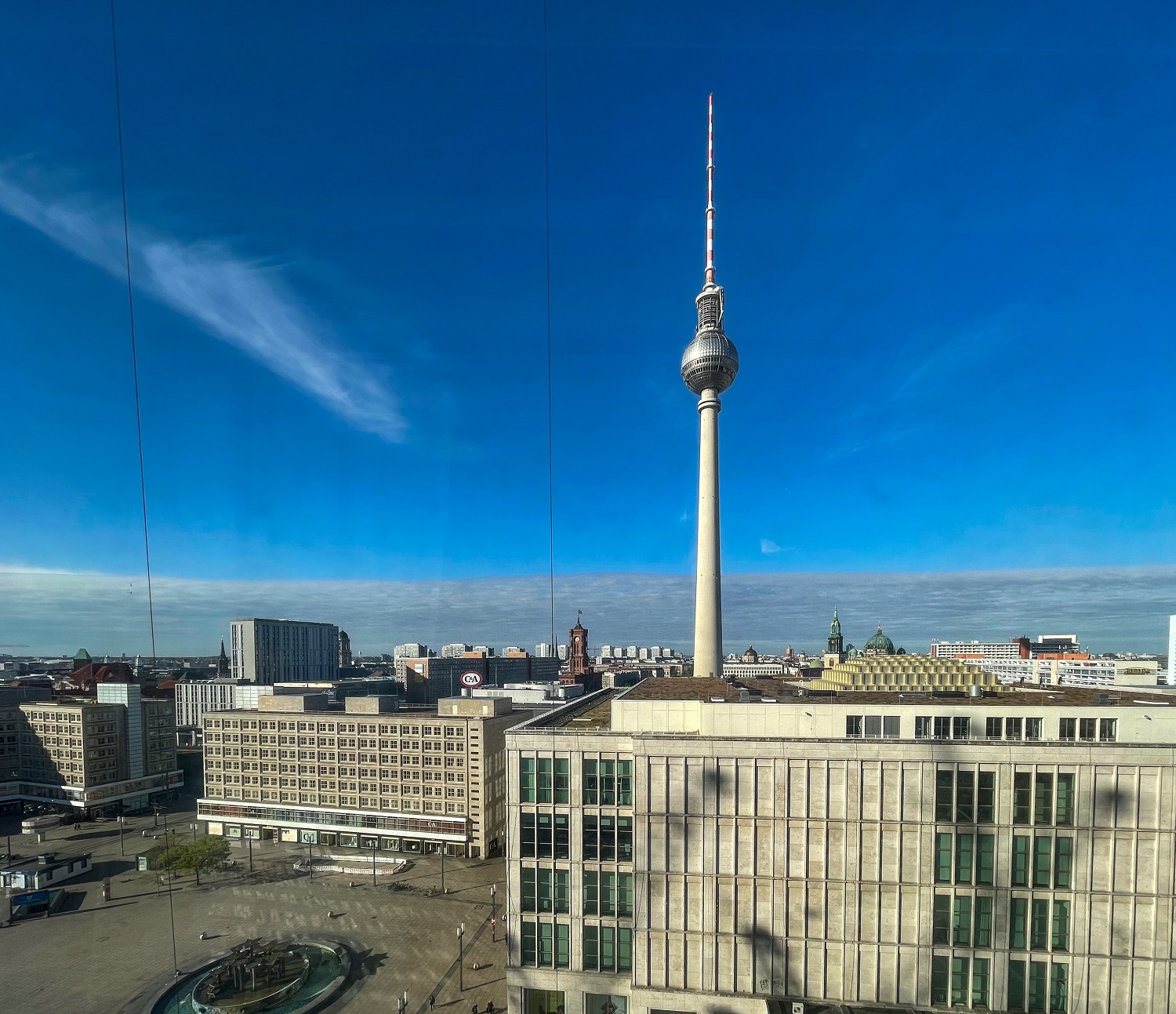
Dominating the Berlin skyline: the television tower (photograph by Mike Peel (www.mikepeel.net), CC BY-SA 4.0, via Wikimedia Commons)
Built in the 1920s, the 147-metre-tall Berlin Radio Tower immediately became a symbol of modern Berlin, and its viewing platform is a popular visitor attraction. Opened in 1969, the television tower takes visitors even higher. As the tallest building in Germany, at 368 metres it dominates the Berlin skyline and is an internationally recognized landmark. Visitors can view Berlin from a viewing platform or enjoy a meal in a revolving restaurant.
Rollerblade and barbecue where jumbo jets once taxied
Berlin-Tempelhof Airport is proof of the many ways in which historical sites in the city can be given a new lease of life. When it was completed in 1941, the airport runway was the largest concreted expanse in the world, and until its closure in 2007 enabled travellers to land in the heart of Berlin. Tempelhof has been open to the public since 2010: the former landing areas are ideal for rollerblading, skateboarding or just enjoying a barbecue, whilst the buildings house exhibitions.
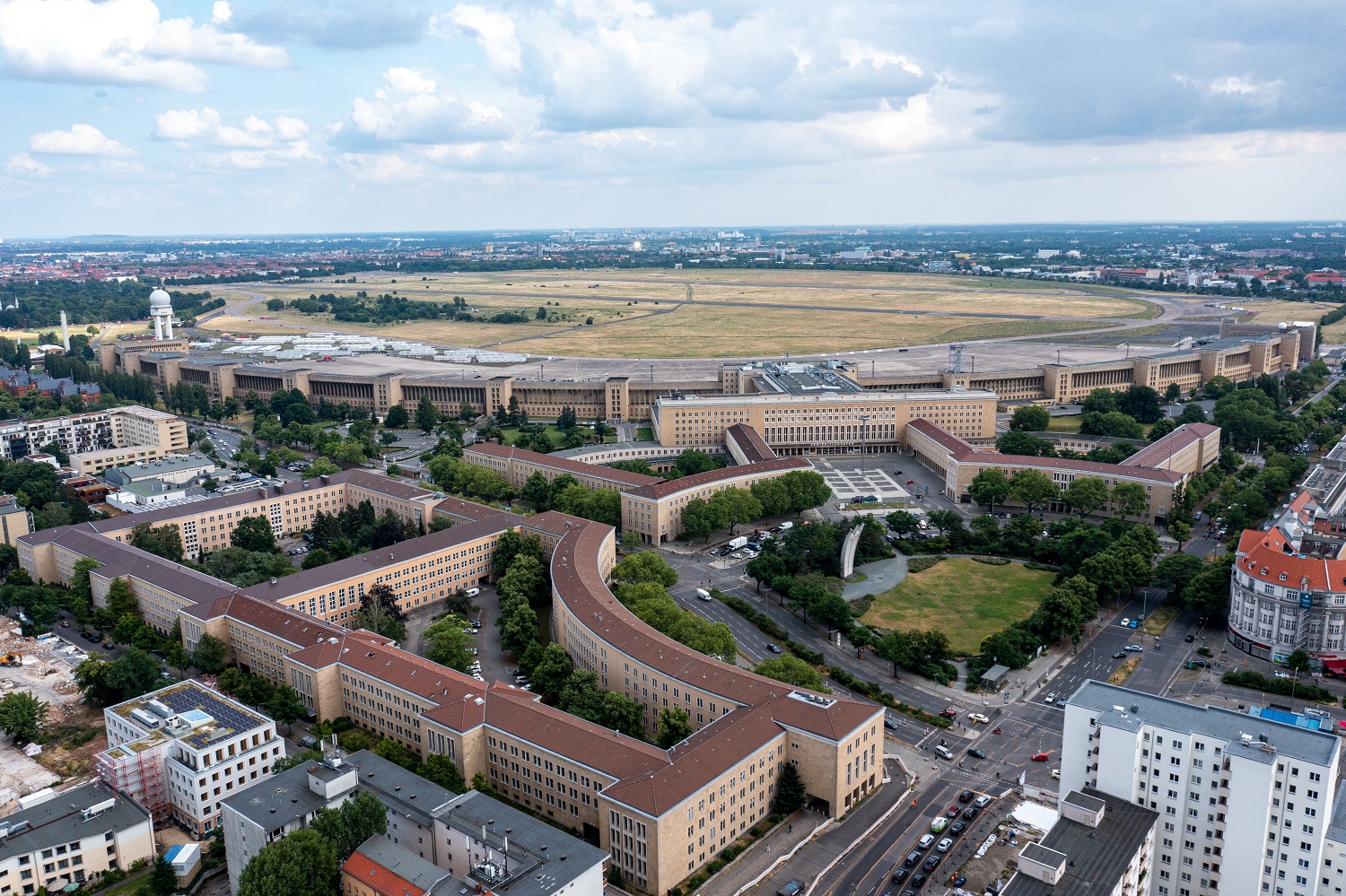
As a central airport, Berlin-Tempelhof enabled international travellers to land in the heart of Berlin (Kasa Fue, CC BY-SA 4.0, via Wikimedia Commons)

More than just a sports arena: Berlin’s Olympic Stadium regularly hosts concerts and other events (Matthias Süßen, CC BY-SA 4.0, via Wikimedia Commons)
Another major building completed by the Third Reich is also still in use today. The Olympic Stadium, built for the 1936 Olympic Games, hosts sporting events and concerts.
On the trail of spies
Berlin was the capital of spies during the Cold War. Today, tourists can explore the ruins of “Field Station Berlin”, the high-tech US and UK listening station housed on the Teufelsberg. Just one of Berlin’s attractions with a terrible past is the former headquarters of the Ministry for State Security or Stasi, the notorious East German agency of repression and espionage. Now home to the Stasi Museum, visitors can walk through the office of former Stasi chief Erich Mielke. Those wishing to stay outdoors can visit Glienicke Bridge and walk the path once taken by Cold War spies as they were exchanged after they had been captured.
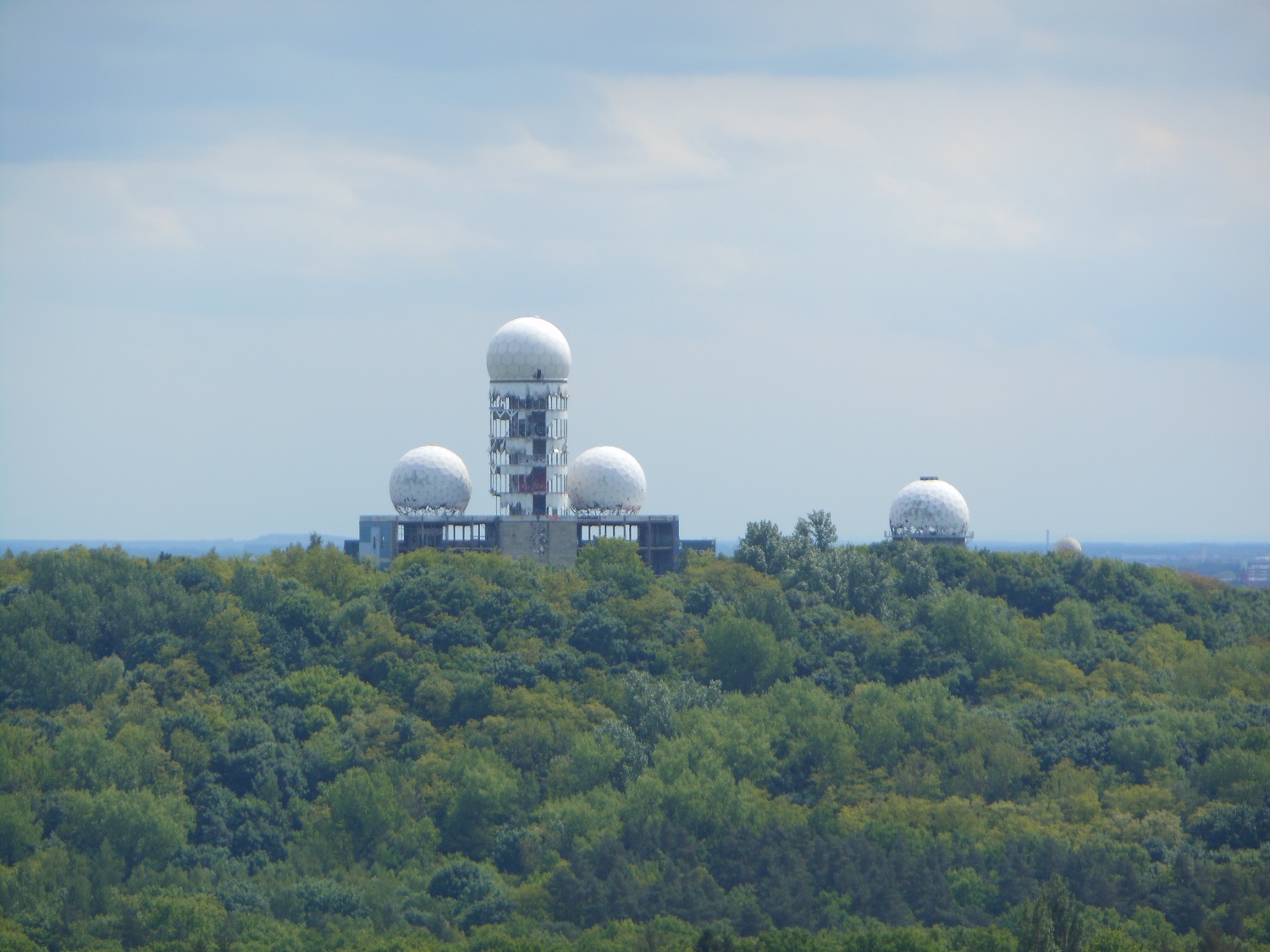
Field Station Berlin on the Teufelsberg was one of the most modern listening stations in the world (LeJC, CC BY-SA 3.0, via Wikimedia Commons)

Glienicke Bridge: the site of the most important spy trades during the Cold War (Uwca, public domain, via Wikimedia Commons)
The German Spy Museum at Potsdamer Platz offers visitors a fascinating insight into this exciting chapter of Berlin’s history through its interactive exhibition.
Catch a glimpse of the Roaring Twenties
1920s Berlin was a cultural metropolis, and some of the favourite venues of the flappers from the “Roaring Twenties” are still open today. Whilst the Admiralspalast still hosts revues, cabaret and political satire can be enjoyed at the Metropol and the Theater am Schiffbauerdamm. With just a little imagination, you can breathe in the zeitgeist of this special chapter in Berlin’s past.

The façade of the Metropol has dominated the lively Nollendorfplatz in Berlin-Schöneberg for over 100 years (Manfred Brückels, CC BY-SA 3.0, via Wikimedia Commons)
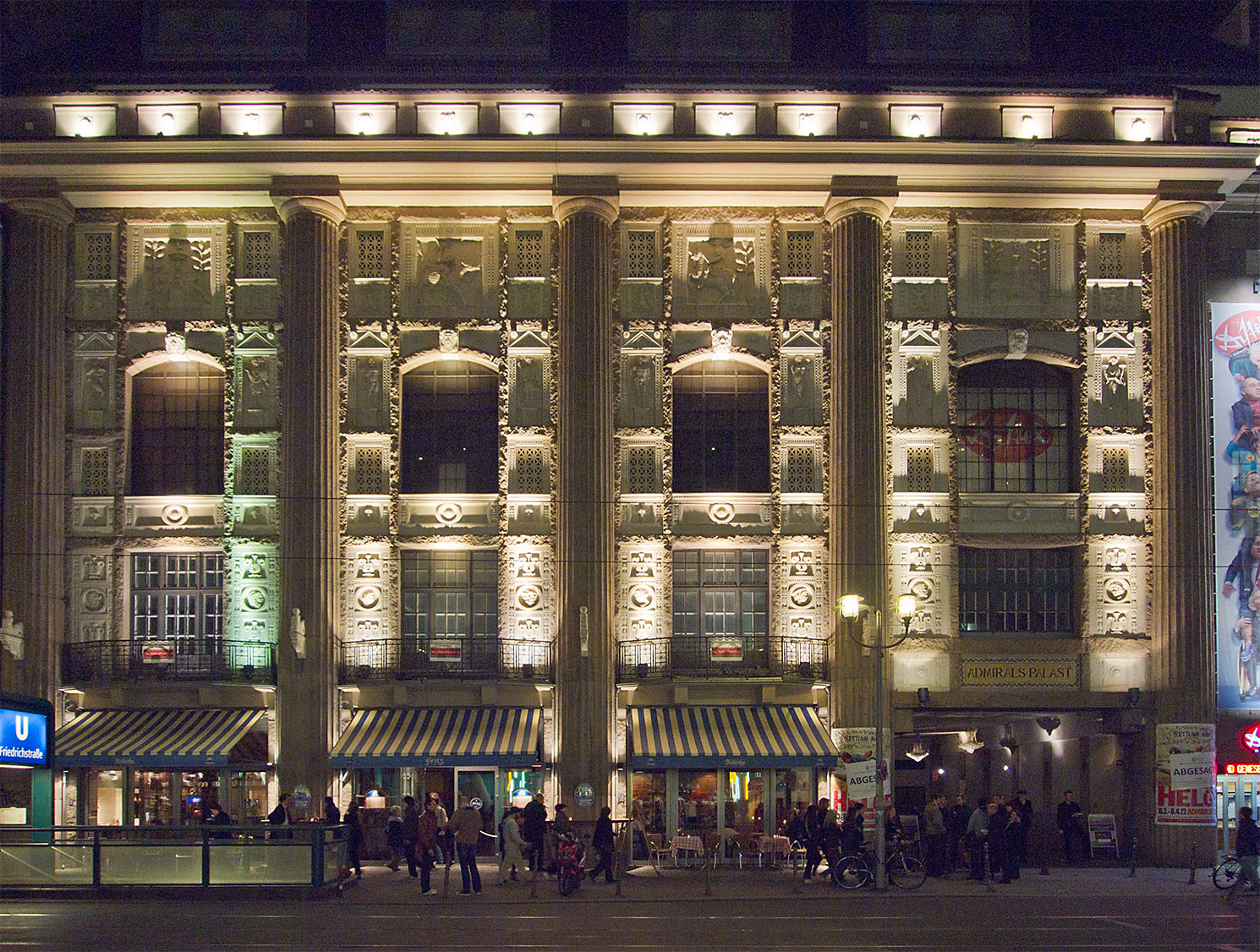
The Admiralspalast: a fixture in Berlin’s nightlife for over a hundred years (Pedelecs by Wikivoyage and Wikipedia, CC BY-SA 3.0, via Wikimedia Commons)
Explore the remains of the Berlin Wall
A number of historical sites offer a glimpse into the period of Berlin’s history when it was divided by a deadly wall. Sections of the Berlin Wall still remain at the East Side Gallery, the Bernauer Strasse memorial and the site of the Topography of Terror.
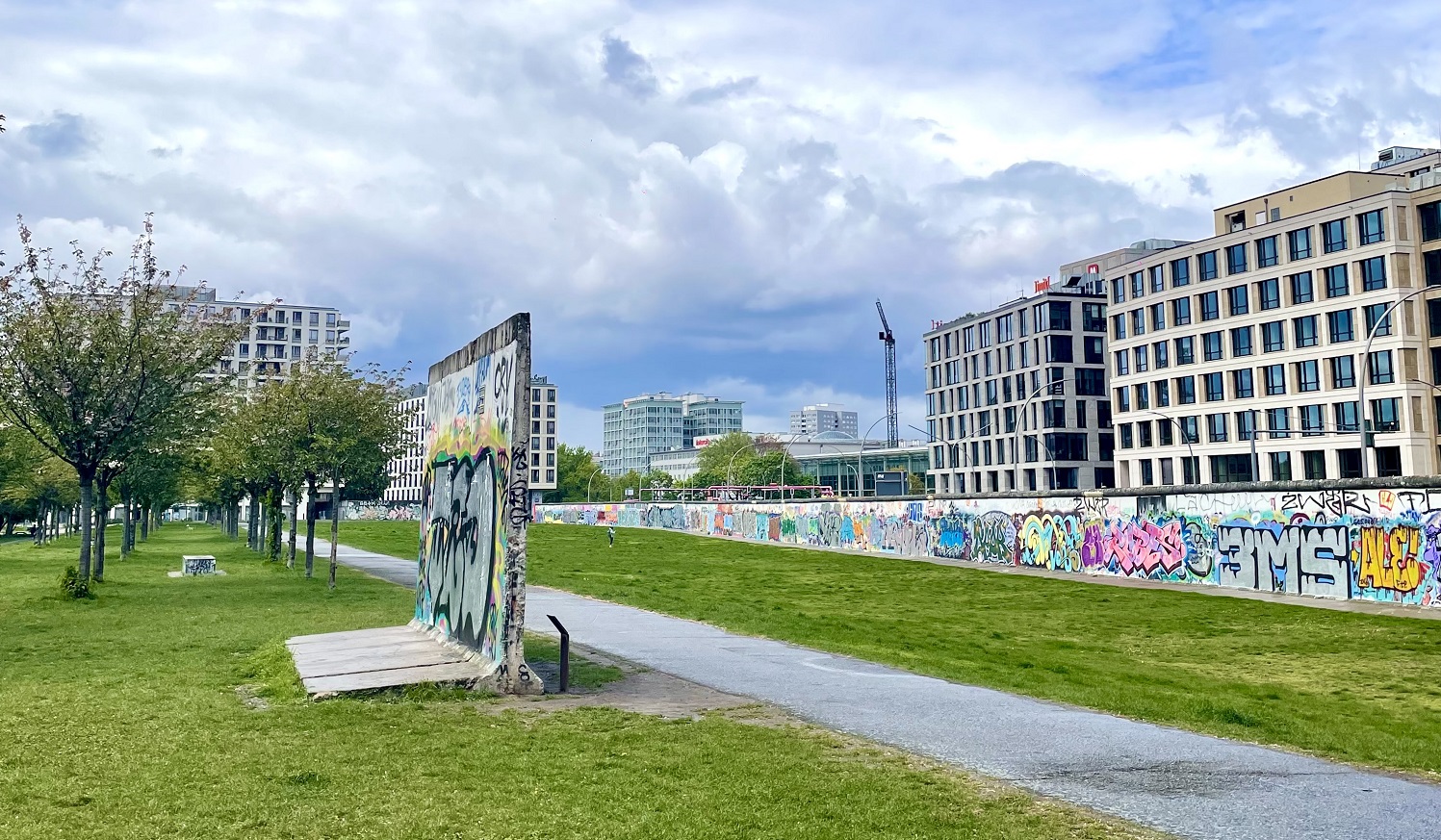
The East Side Gallery is the longest surviving section of the Berlin Wall (Youssefbhy, CC BY-SA 4.0, via Wikimedia Commons)
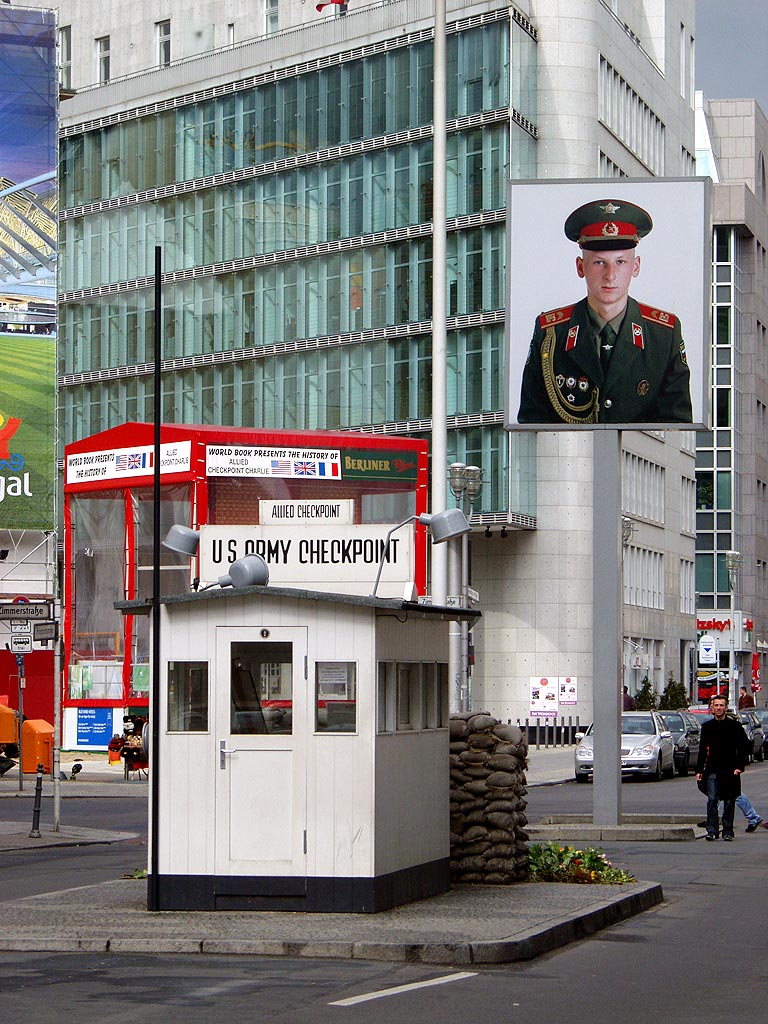
The replica of Checkpoint Charlie is a popular tourist attraction (Raimond Spekking, CC BY-SA 4.0, via Wikimedia Commons)
Those traversing the Wall Trail will pass one of Berlin’s most famous sights: a replica of the Checkpoint Charlie border crossing. Together with the artwork of the East Side Gallery, it is one of the most popular backdrops for a photo.
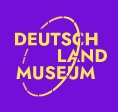
About the Deutschlandmuseum
An immersive and innovative experience museum about 2000 years of German history
Berlin caters for every age and taste, from culture and architecture to history and modernity. The German capital hosts hundreds of museums and exhibitions, including the Museum of Natural History, the Jewish Museum Berlin, the German Museum of Technology, the Old National Gallery and – the most recent addition – the Deutschlandmuseum. Monuments to Prussian rule like the Brandenburg Gate, the Victory Column and Unter den Linden are well worth a visit. The history of Berlin’s division during the Cold War can be experienced at the East Side Gallery, Checkpoint Charlie or the Topography of Terror. With their many fashionable galleries, restaurants and pubs, the residential districts of Prenzlauer Berg and Neukölln showcase the flair of modern Berlin.
Berlin is a great place for young families to learn, enjoy themselves and even do both at the same time. Animal lovers are well catered for, with the Zoo in Mitte and the Tierpark in Lichtenberg. A number of Berlin’s cultural and historical attractions are especially tailored to the needs of children and families. Whilst the Museum of Natural History showcases an impressive array of dinosaur skeletons, the Deutschlandmuseum provides an immersive experience of German history and the Computer Games Museum allows visitors to try out lots of games. The German Spy Museum takes its visitors on an interactive journey through the history of espionage. Those looking for some sport can test their climbing skills at MountMitte in the centre of Berlin.
Potsdamer Platz is the ideal starting point for exploring the centre of Berlin. The Mall of Berlin, located on the neighbouring Leipziger Platz to the east, boasts numerous boutiques and a large food court. The German Spy Museum and the Deutschlandmuseum provide interactive historical exhibitions. To the west of Potsdamer Platz are the Berlin Philharmonic Hall and the New National Gallery with an exhibition of 20th-century art. The Tiergarten park to the north provides nature lovers with plenty of green space, whilst history enthusiasts can visit the Holocaust Memorial, the Brandenburg Gate and the Reichstag – all just five minutes away from Potsdamer Platz.
